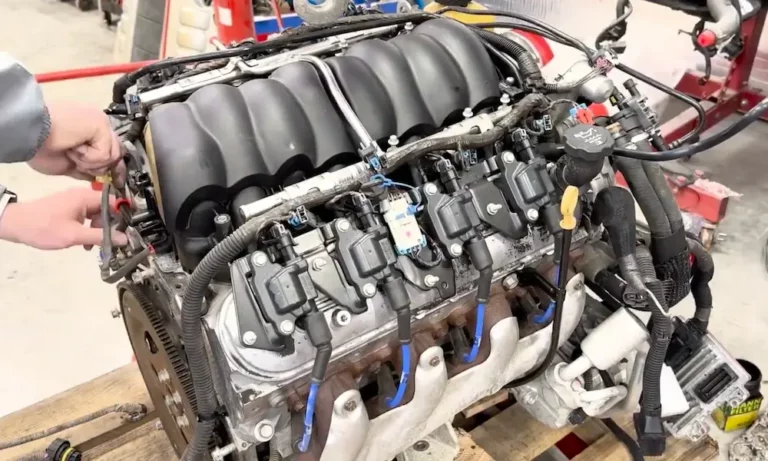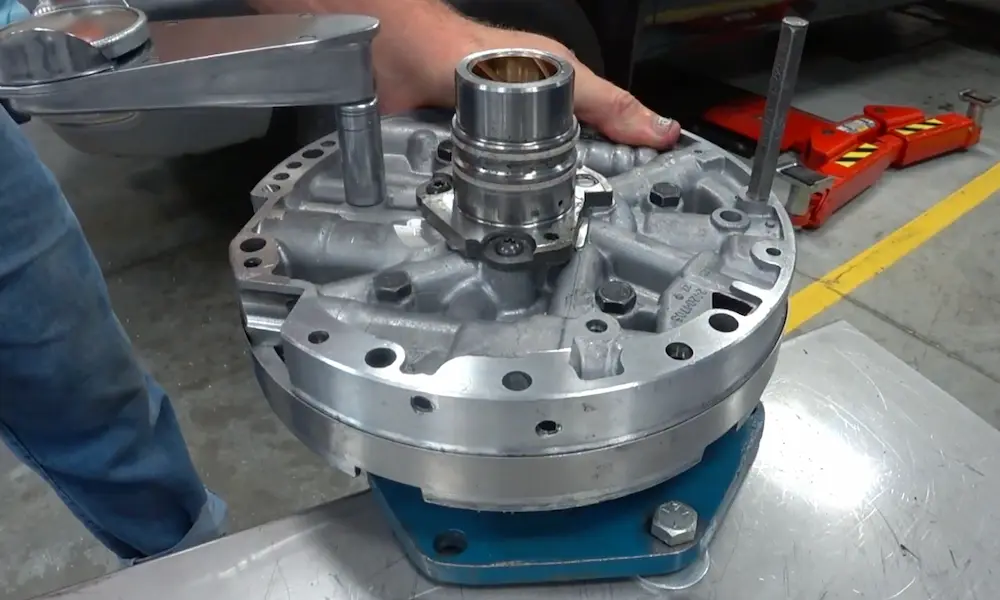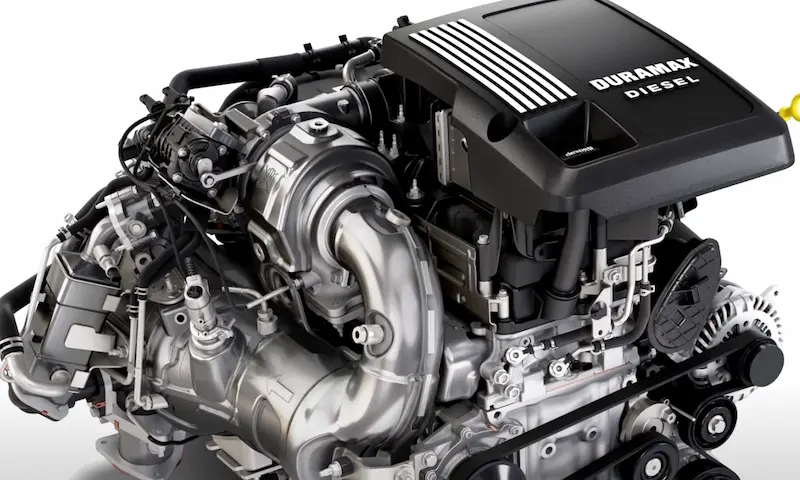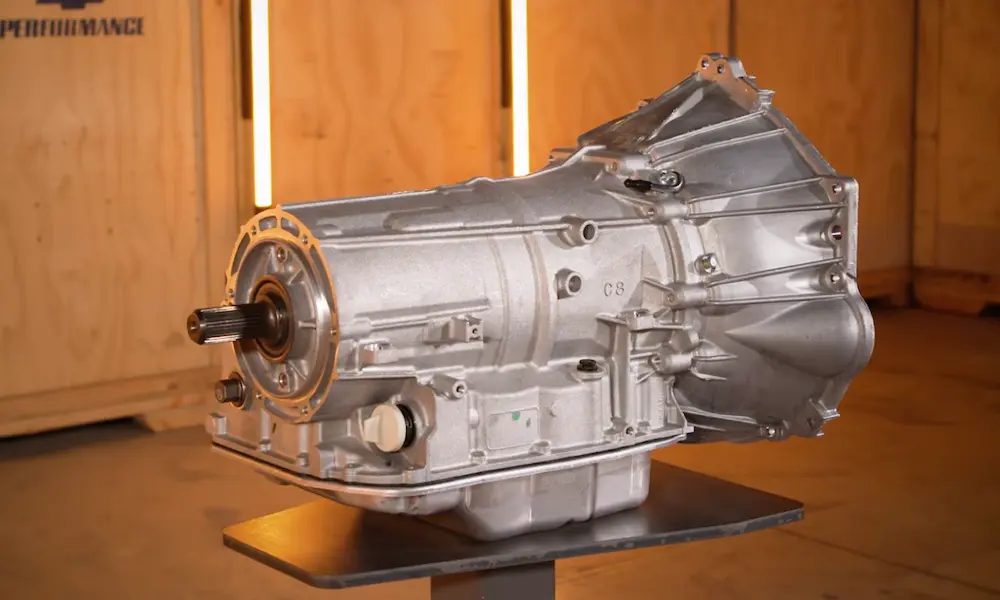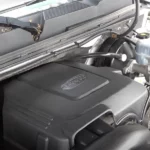Thinking about a GM vehicle with the L76 engine? You’re looking at a powerful yet efficient 6.0-liter V8 that offers impressive performance with some clever fuel-saving tech. Whether you’ve spotted this engine in a Holden Commodore, Pontiac G8, or a Chevy truck, there’s a lot to understand about what makes it tick.
What Exactly Is the L76 Engine?
The L76 is a 6.0-liter V8 engine developed by General Motors as part of their Generation IV small-block engine family. First appearing in 2006, this aluminum powerhouse became known for blending performance with practical fuel efficiency features.
Don’t confuse it with the 1960s L76 that powered some Corvettes—this modern version is entirely different and belongs to GM’s respected LS engine family. The engine was built in multiple locations including Silao, Mexico for Holden vehicles, and Romulus, Michigan and Saint Catherines, Ontario for North American applications.
L76 Engine Basic Specifications
Let’s break down the core specs that define the L76 engine:
| Specification | Details |
|---|---|
| Displacement | 6.0L (5967cc / 364 cubic inches) |
| Bore | 4.00 inches (101.6 mm) |
| Stroke | 3.62 inches (92 mm) |
| Block Material | Cast aluminum |
| Cylinder Head Material | Cast aluminum |
| Valvetrain | Overhead valve (OHV) with 2 valves per cylinder |
| Fuel System | Sequential port fuel injection |
| Firing Order | 1-8-7-2-6-5-4-3 |
What makes the L76 interesting is that it came in two distinct flavors—one for cars and another for trucks—each with their own performance tuning.
Car vs. Truck Versions: What’s Different?
The L76 engine had important differences depending on whether it was destined for a performance car or a tough truck.
Car Version Specs
- Compression Ratio: 10.4:1
- Power Output:
- Holden models: 260kW (348 hp) at 5600 rpm
- Pontiac G8 GT: 361 hp (269 kW) at 5600 rpm
- Torque:
- Holden models: 510 Nm (376 lb-ft) at 4400 rpm
- Pontiac G8 GT: 385 lb-ft (522 Nm) at 4400 rpm
Truck Version Specs
- Compression Ratio: 9.7:1
- Power Output: 367 hp (274 kW) at 5400 rpm
- Torque: 375 lb-ft (508 Nm) at 4400 rpm
- Cam Specifications: 0.466/0.478-inch intake/exhaust lift, 196/208-degree intake/exhaust duration
The truck version made slightly more power on paper, but with its lower compression ratio, it was optimized for durability and towing capability rather than pure performance.
The Innovative Features That Set the L76 Apart
The L76 wasn’t just another V8—it packed some interesting tech that made it stand out from its predecessors.
Active Fuel Management (AFM)
Perhaps the most notable feature of the L76 was its Active Fuel Management system, which could temporarily shut down four cylinders during light-load driving conditions. This cylinder deactivation technology was designed to improve fuel economy, giving you V8 power when you need it and V4 efficiency when you don’t.
Interestingly, early Holden models had this feature deactivated, before GM enabled it in later automatic transmission models.
Rectangular Port Cylinder Heads
Unlike the cathedral ports found in the LS2, the L76 featured high-flow rectangular intake ports similar to those later used in the LS3 engine. This design improved breathing capabilities and contributed to the engine’s strong performance.
Variable Valve Timing (VVT) in Truck Applications
From 2007 onwards, truck versions of the L76 gained variable valve timing—making it the first cam-in-block VVT system in the industry. This technology helped optimize power delivery across different engine speeds while improving fuel efficiency.
Detailed Engine Block and Cylinder Head Specifications
For engine enthusiasts and those considering modifications, these detailed specs are crucial:
Cylinder Head Details
- Casting Numbers: 5364 or 823
- Combustion Chamber Volume: 68cc
- Intake Port Shape: Rectangular (similar to LS3)
- Intake Runner Volume: 257cc
- Exhaust Port Shape: D-port
- Exhaust Runner Volume: 87cc
- Intake Valve Diameter: 2.165 inches
- Exhaust Valve Diameter: 1.590 inches
Engine Block Details
- Block Casting Number: 12568952
- Deck Height: 9.240 inches
- Bore Spacing: 4.400 inches
- Main Cap Style: 6-bolt design
- Main Housing Bore Diameter: 2.751 inches
Vehicles That Came With the L76 Engine
The versatility of the L76 meant it appeared in a wide range of vehicles across different GM brands.
Car Applications
- 2006 Holden VZ Commodore
- 2006-2010 Holden VE Commodore (automatic transmission models)
- 2008-2009 Pontiac G8 GT
- Holden Statesman and Caprice models (WL and WM)
- Holden Commodore variants (SV8, SS, Berlina, and Calais models)
Truck/SUV Applications
- 2007-2009 Chevrolet Silverado
- 2007-2009 GMC Sierra
- 2007-2009 Chevrolet Suburban 1500
- 2007-2009 GMC Yukon XL
- 2007-2009 Chevrolet Avalanche
Common L76 Engine Issues to Watch For
While generally reliable, the L76 does have some known issues you should be aware of:
AFM System Problems
The Active Fuel Management system is often cited as a potential weak point in high-mileage L76 engines. The lifters used in this system can fail over time, particularly in engines that see aggressive driving or have been modified with aftermarket camshafts.
Many performance enthusiasts actually remove the AFM system entirely when modifying these engines, using aftermarket parts to convert the engine to standard operation.
Oil Consumption
Some owners report increased oil consumption as these engines age, often related to the AFM system. Regular oil level checks are recommended, especially for vehicles with higher mileage.
Timing Chain Issues
Like many engines in the LS family, timing chain wear can become an issue at higher mileages. Listen for any rattling noises from the front of the engine, especially during cold starts.
Performance Potential and Modification Options
The L76 offers significant performance potential for enthusiasts looking to extract more power. Stock power outputs range from 348hp in Holden applications to 367hp in truck applications, but the engine responds exceptionally well to modifications.
Here’s what you might expect from different modification levels:
| Modification Level | Approximate Power Gain | Potential Total Power |
|---|---|---|
| Stage 1 (Intake/Exhaust) | +45kW | 305kW (409hp) |
| Stage 2 (Mild Cam) | +55kW | 315kW (422hp) |
| Stage 3 (Headers/Tune) | +65kW | 325kW (436hp) |
| Stages 4-6 (Advanced) | +90-155kW | 350-415kW (470-556hp) |
Popular modifications include:
- Cold air intake systems
- Aftermarket exhaust systems
- AFM deletion kits
- Camshaft upgrades
- Ported cylinder heads
- Supercharger or turbocharger kits
How the L76 Compares to Other GM V8 Engines
The L76 sits in an interesting position within GM’s V8 lineup, offering some advantages and disadvantages compared to its siblings:
L76 vs. LS2
The L76 and LS2 share the same 6.0L displacement, but the L76 added Active Fuel Management and rectangular port heads. The LS2 is simpler with no cylinder deactivation, which some enthusiasts prefer for modification purposes.
L76 vs. LS3
The LS3 is essentially the next evolution with a larger 6.2L displacement and improved cylinder heads. It offers more power out of the box (430hp in the Corvette), but the L76 can be modified to match or exceed this with the right upgrades.
L76 vs. L92/L94
The L92 is effectively the truck version of the L76 with some differences in tuning. The L94 added variable valve timing to the package. All share similar architecture and modification potential.
L76 Engine Identification
If you’re trying to confirm whether a vehicle has the L76 engine, here are the key identifiers:
Visual Identification
- Look for the engine RPO code (L76) on the service parts identification sticker
- Check for rectangular port cylinder heads
- Identify AFM components including solenoids on the valley cover
VIN Decoding
The 8th digit in the vehicle’s VIN can help identify the engine:
- “Y” often indicates the L76 in Pontiac G8 GT models
- “K” is common for truck applications
Maintenance Requirements and Recommendations
To keep your L76 engine running strong, follow these maintenance guidelines:
Oil and Filter
- Use full synthetic oil (5W-30 is usually recommended)
- Change oil every 5,000-7,500 miles
- Consider more frequent changes for high-performance or heavily modified engines
AFM System Maintenance
- Use high-quality oil that meets GM specifications
- Consider an AFM deletion kit if experiencing persistent issues
- Monitor for unusual lifter noise
Cooling System
- Flush the cooling system every 60,000 miles
- Use GM-recommended coolant (typically DEX-COOL)
- Inspect for leaks around water pump and intake gaskets
Ignition Components
- Replace spark plugs every 100,000 miles
- Inspect ignition coils if experiencing misfires
- Check for proper plug gap (typically 0.040″)
The L76 Legacy and Production Timeline
The L76 engine was produced from approximately 2006 to 2010, serving as an important bridge between the LS2 and LS3 engines. It introduced fuel-saving technologies while maintaining the performance people expected from GM V8s.
Production ended as GM moved toward newer designs like the LS3 for performance applications and the L94/L9H for truck applications, but the L76 established an important technological foundation for future engines.
Despite being out of production for over a decade, the L76 remains popular in the aftermarket community due to its substantial performance potential and relative abundance in salvage yards and donor vehicles.
Final Thoughts on the L76 Engine
The L76 represented an important step in GM’s V8 evolution, introducing innovative fuel management technology while maintaining the power and reliability customers expected. Whether in a Pontiac G8 GT, Holden Commodore, or GM truck, this engine delivered a compelling combination of performance and efficiency.
For enthusiasts, the L76 offers an excellent platform for modification, with plenty of aftermarket support and shared components with other LS-family engines. For everyday drivers, it provides a robust and relatively efficient powertrain that, with proper maintenance, can deliver many years of dependable service.

